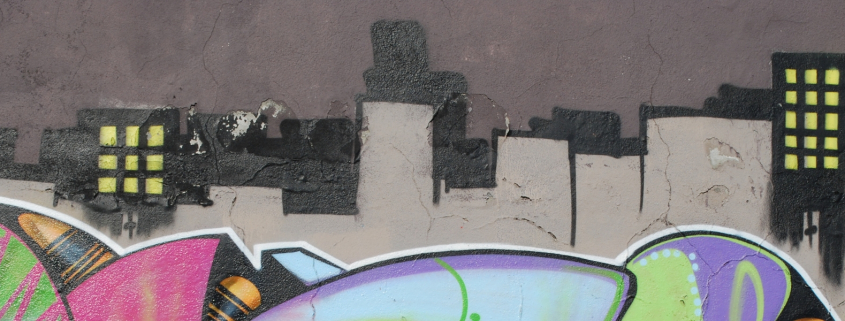South Beach’s transformation from tired haunt for retirees to booming hub for tourists and fun-seekers is partly owed to the unique architecture of the area.
The city’s renaissance over the past few decades has been set against a backdrop of Art Deco hotels and apartment buildings that have become avatars for Miami Beach. They’re emblematic of the coastal city’s early history and the activists who fought to preserve these relics of the past. Now city leaders want to repeat the magic.

This 1956 building, designed in the Miami Modern style by architect Gilbert Fein, is an example of the kind of architecture that is being preserved with the creation of two new local historic districts in Miami Beach. (PHOTO CREDIT: Joey Flechas, Miami Herald)
The city is moving to protect more than 200 mid-century apartment buildings across two new local historic districts — which comes with significant protection from demolition. The swath of low-slung multi-family buildings were built after World War II, many in the “Miami Modern” or “MiMo” style that has enjoyed a resurgence through the renovation of hotels along Biscayne Boulevard in the upper east side of Miami.
On Wednesday, Miami Beach commissioners unanimously voted to give initial approval to two districts in the north part of the city — one on the east end of Normandy Isle and the other a few blocks inland from the sand along the north shore between 73rd and 87th streets. A final vote will be held Jan. 17.
The designation was heralded by elected officials and preservationists who have long sought to protect this corner of Miami Beach. The hope is that by safeguarding these buildings, encouraging owners to renovate them and coupling the historic districts with a soon-to-be-redeveloped “town center” in the middle of North Beach, the whole neighborhood will be revitalized and see new economic investment. Wednesday’s vote was applauded by residents.
“Place-making is so important when you build the character of a city, and Miami Beach is one of the most unique cities in the world,” said Tanya Bhatt, a North Beach resident and activist.

This apartment building, constructed in 1949 and designed by Gerard Pitt was the setting in the last scene of “Moonlight,” the winner of the Academy Award for best picture. It is now on track to be protected from demolition as part of a local historic district (PHOTO CREDIT: Joey Flechas, Miami Herald)
The local districts include Harding Avenue from 73rd up to the northern border of the city at 87th Street, a section from Harding to Dickens Avenue between 73rd and 75th streets, and buildings on Bay Drive, Marseilles Drive and South Shore Drive on the eastern edge of Normandy Isle. This area covers a portion of the National Register District, a federal designation that does not provide any local protections.
All told, there are 313 buildings in these districts, and 271 of them are considered architecturally significant enough to contribute to the character of the neighborhood. City planners have spent a year studying each structure to prepare designation reports that provide the historical context of each district and highlight the architects who designed the neighborhoods.
“A city that respects its history respects its future,” said Mayor Dan Gelber.
The vote marked a major victory of the city’s preservation community, including the group that fought to save Art Deco from the wrecking ball of developers, the Miami Design Preservation League. Not since 1990 have so many historic buildings been given local protection at one time.
“It’s something that the community has been working on for over 10 years, to bring local protections for these beautiful Miami Modern neighborhoods in North Beach. We’re looking forward to a great future for North Beach,” said Daniel Ciraldo, the league’s executive director.

This apartment building, built in 1955 and designed by noted architect Gilbert Fein, is an example of the typical Miami Modern architecture that can be found in North Beach. It is in one of two new local historic districts that were initially approved on Wednesday. (PHOTO CREDIT: City of Miami Beach)
More buildings are scheduled to be designated, as well. Two stretches of buildings on the Tatum Waterway are currently protected by a demolition moratorium while city planners prepare designation reports for these structures. Commissioners agreed to add these buildings to the mix after the preservation community agreed to support for a zoning increase referendum for the area surrounding North Beach’s main drag, 71st Street. That referendum passed in November’s election.
Click here to see
Click here to view North Beach Historic Districts on Google Maps.
Source: Miami Herald




